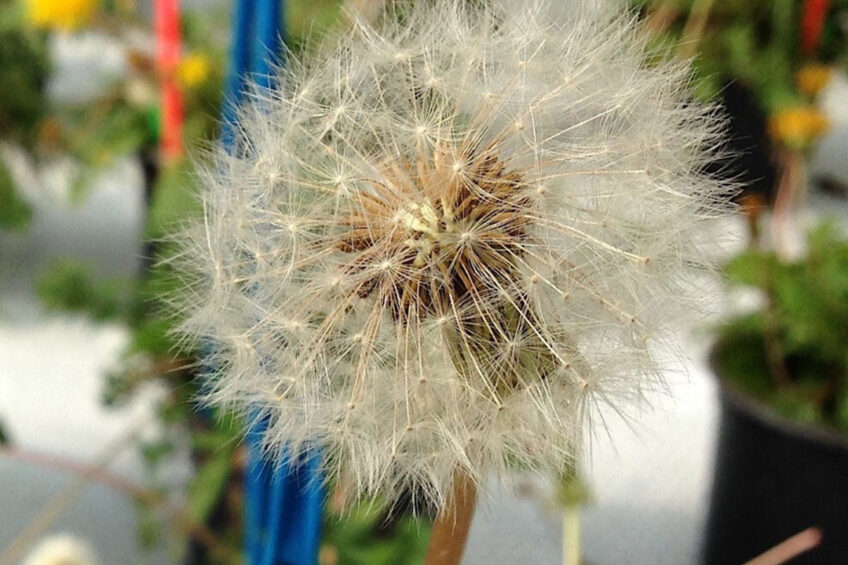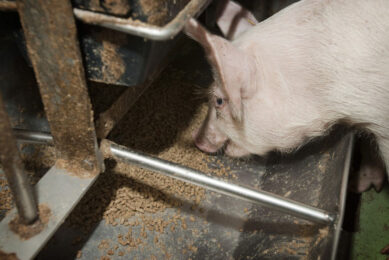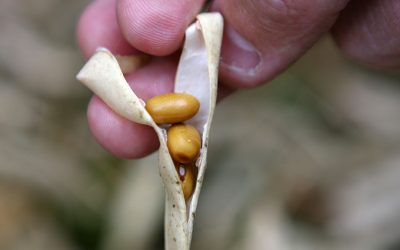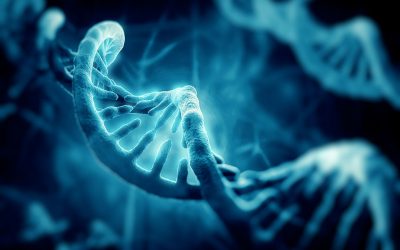Gene discovery paves way for major innovation in crop breeding

A gene has been discovered which will make it possible to produce seeds from crops that are genetically identical to the mother plant and that do not need pollination.
Apomixis, a phenomenon seen as the holy grail of agriculture, enables plants with a desirable combination of traits to produce many offspring with the same desirable combination of genes as the mother plant. While the importance of apomixis for agriculture has long been recognised, it has yet to be successfully introduced in plant breeding practice.
Superior combinations of a plant’s traits
Because apomictic plants produce ‘clonal’ seeds from the mother plant, the process allows uniquely superior combinations of a plant’s traits to be captured. Apomixis can therefore accelerate the breeding of innovative crops, make seed production less costly and bring the advantages of hybrid breeding to a lot more of the world’s crop species.
The researchers from KeyGene and Wageningen University & Research (WUR), in collaboration with colleagues from the Japanese breeding company, Takii, and New Zealand’s Plant & Food Research and Lincoln University, expect this discovery will lead to major innovations in plant breeding over the coming years.
The gene has been named PAR from parthenogenesis, which is the process whereby egg cells grow into plant embryos without fertilisation of the egg cells.
15 years of research
A team of scientists from KeyGene, a research company in the Netherlands, started to unravel the genetics behind apomixis in the early 2000s. Finding the genes would mean a breakthrough for the use of apomixis in crops.
DIP gene
In 2016, the KeyGene team discover the gene for diplospory, the DIP gene, which is one of the 2 steps involved in apomixis. The DIP gene ensures that the number of chromosomes is not halved during the formation of egg cells. The other crucial step in apomixis is that the egg cell with a normal number of chromosomes starts dividing without fertilisation and grows into an embryo. This process is called parthenogenesis.
The team used the dandelion in their research, one of around 400 wild plant species known to reproduce by apomixis and proved that the PAR gene is active in the pollen.
Cells divide without fertilisation
At the Biosystematics group of WUR it was discovered that the PAR gene is normally inactive in egg cells. The PAR gene normally only becomes active in the egg cell after fertilisation, it then divides to create a plant embryo. In the egg cells of dandelion plants that form seeds via apomixis, the PAR gene proved to be switched ‘on’ prior to fertilisation. In other words, these egg cells ‘think’ they are fertilised and start dividing without fertilisation having taken place.
An extra piece of DNA
The researchers in New Zealand study parthenogenesis genes and focus on the plant genus hawkweeds, which belong to the same plant family as dandelion. The New Zealand researchers compared the PAR gene with the genes of hawkweed and discovered something that the KeyGene researchers had also observed in dandelions: while all plants contain PAR genes, the plants with apomixis had an extra piece of DNA in the gene.
This extra piece of DNA was a so-called transposon: a piece of DNA that can ‘jump’ within the plant DNA. In hawkweed and in dandelion the transposon is positioned in the promotor, the region of PAR that regulates the gene’s activity.
Breeding crops with genetically superior seeds
The researchers will turn their attention to determining whether the PAR gene from dandelion and the new knowledge about the genetics behind apomixis can be used to breed crops with genetically superior seeds.
Although most plants do not use apomixis, most do have genes that are strikingly similar to the PAR gene and the DIP gene of dandelion, suggesting that apomixis naturally acts as a modification of normal sexual reproduction and, therefore, potentially also that apomixis could be widely applicable for innovative agriculture.
The research team have already succeeded in showing that the PAR gene can cause parthenogenesis in both lettuce and sunflower, bringing the prospect of apomixis in crops yet another step forward.











